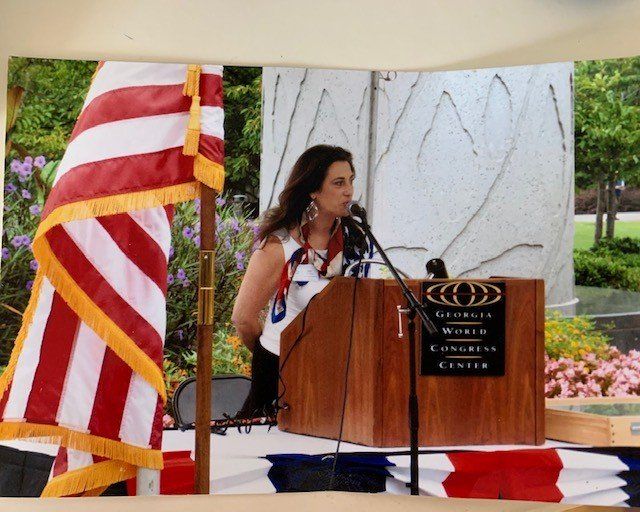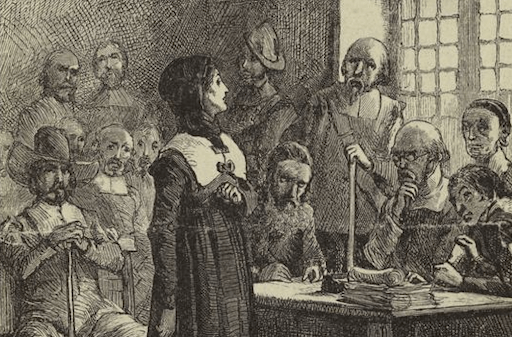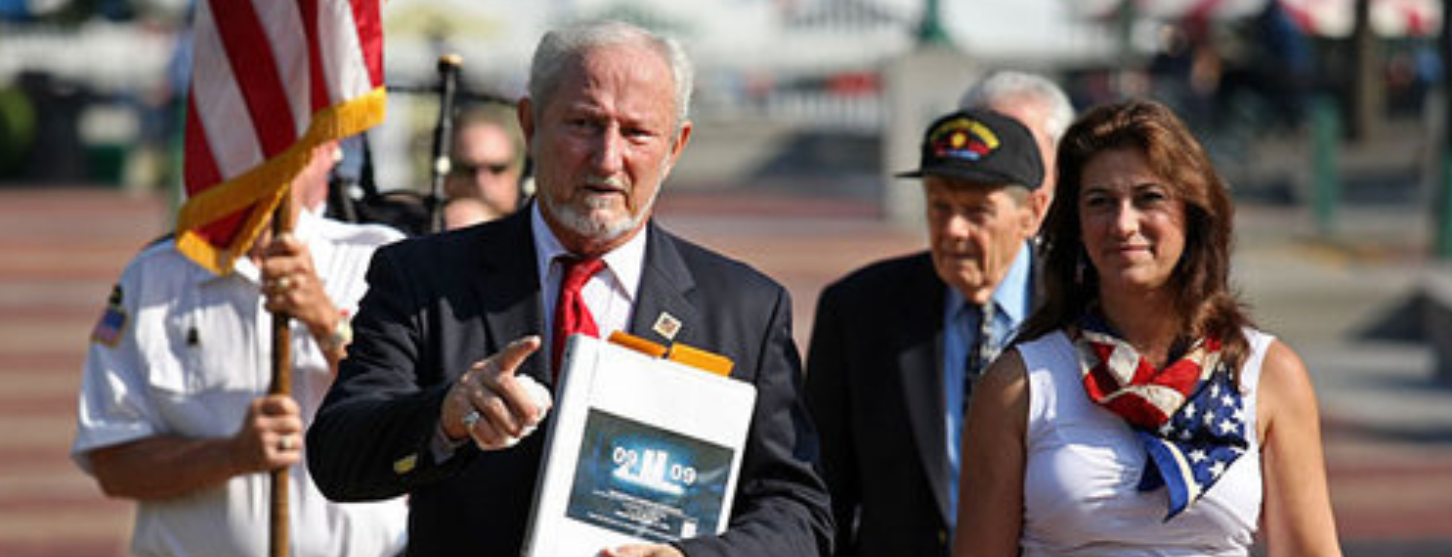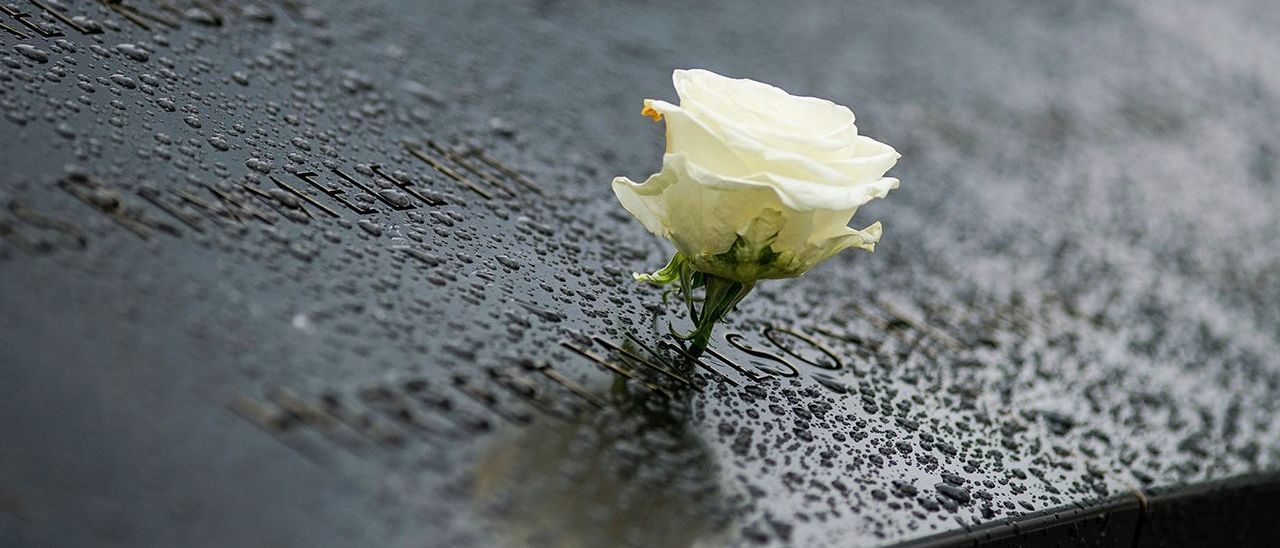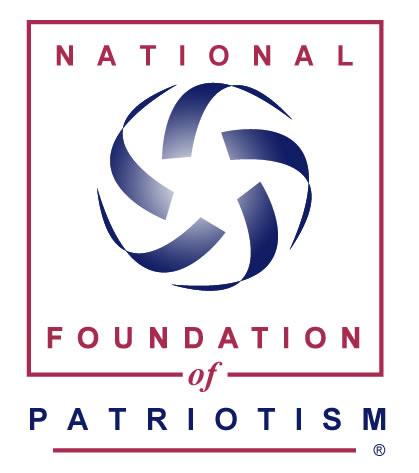By Pat Stansbury
•
April 17, 2021
Leadership is an action, not a position. Non-profit organizations, by the very nature of the business, require passionate, dedicated leadership to develop and maintain sustainable growth. Especially when times get tough, creative leaders who are passionate about their missions, learn how to chart new courses. Aim to meet the goals of the mission in unique new ways, rather than struggle over things that no longer work. If the mission is important, then the methods for sustainability will appear through action. It is imperative for a struggling nonprofit to keep strong connections and build on relationships, especially in transition periods. On average, museums receive less than 25% of their funding from government sources, that means the rest must come from public and private sources. Many museums have closed since the downturn of 2008 and more are at risk due to Covid-19 restrictions than ever in recent history. “The scattered fate of closed museums rest in pieces in cities across America, and sadly, what is often preserved is not the identity of the museum, but the shadow of its memory in scattered objects and archived names.” Said Allison Meier, in her 2013 article for Hyperallergic, an online publication that supports the arts. Passion matters. Do people really care about the benefit of museums in their communities anymore? According to the American Alliance of Museums: · 97% of Americans believe museums are educational assets. · 89% of Americans believe museums provide economic benefits to their communities. · 96% of Americans say they would support legislative actions to help support museums. · 96% of Americans say they want to maintain or increase federal funding of museums. Museum and other nonprofit directors must find ways to keep their businesses alive through these turbulent times. Directors are people and they get weary, discouraged and overwhelmed just like the rest of us. In 2008, the National Museum of Patriotism faced crushing financial realities after the 2008 economic downturn greatly diminished the funds of its major donor base in Atlanta. Great leaders think on their feet, are flexible, they are realists and they are decision makers. Founder Nick Snider, passionate about the mission that drove him to donate his own funds in starting the organization in 1996, had a serious dilemma to face and no time to waste in dealing with it. In 2010, just one year after moving to a new location, Nick made the crucial decision to close the facility, and create an online museum. The National Foundation of Patriotism was formed and the physical exhibits were photographed, archived and later dispersed. Some were donated to other museums, good for the industry. Some were auctioned and bought by people on patriotic missions, good for America. And some were preserved for future traveling exhibits. It was a tough decision, but it was the right one at the right time. With 12,000 members in tow, Snider created a new web and social presence that grew to a fan base in 2020 of over 350,000 engaged friends. The decision cut the $100,000 monthly budget to $12,000. And the mission of the National Foundation of Patriotism has enjoyed robust growth. In an effort to support and encourage other nonprofit organizations, here is the National Foundation of Patriotism’s top 10 success strategies for nonprofit leaders. 1. Start public speaking. Sharing your vision actually strengthens and reinvigorates YOUR passion! Whenever possible, speak to people in person. You’ll feel their energy and benefit from their support. 2. Make appointments to see your donors. Meet with them, share how you are adjusting to a new strategy, let them know this is not a fundraising call, but the next one will be. Stay connected to major donors with gratitude and remind them that their donations mattered and are not lost. Be specific about how those dollars have undergirded the mission and created a sustainable product that will be launched in a new way. 3. BE HONEST. With your donors, and with yourself. YOU didn’t fail, the economy did, but you have a plan. Focus on the truth, focus on the reality that you are facing, and give yourself a little breathing room to develop a new strategy. 4. Get Social. Dive deep into online options to reach people with your mission first (what we do), the meaning second (why we do it), and your method for sustainable growth third. 5. Hire a transition team. Even if you have to fire your entire organization, you need these 3 to help keep you refreshed, resourceful, and available. a. A Web designer b. A Social Media Content Manager c. An assistant to help with details of the transition 6. Engage your volunteers. Host appreciation luncheons, and encourage them to take part in the transition. 7. Engage in projects that help or support other people and organizations. It keeps you in the right place in the public eye and opens you to a wide range of diverse new friends and supporters. 8. Invite young college students to a planning and brainstorming meeting that can generate ideas and enable them to get excited about your mission. If you FEED them, they will come! ALWAYS FEED THEM. 9. Get ruthless with your daily schedule. Start as many days as possible by what I call Breakfast with Champions. Meet with successful people and invite them to tell you all about how they reached their goals. YOU EAT, THEY TALK, YOU LISTEN! 10. Block off time each day to think. Close your door, turn off your phone, turn out the lights and just let your mind flow where ever it wants to go. Eventually, you’ll settle on what matters and then you’ll strike gold. That great idea, that winning strategy, that path to success. The National Foundation of Patriotism wishes you all the best. You matter. Your organization matters. Don’t ever give up. God bless you, and may God continue to bless America!

